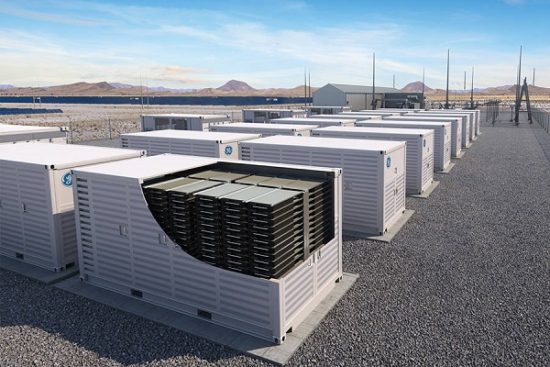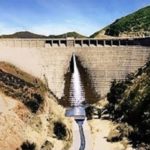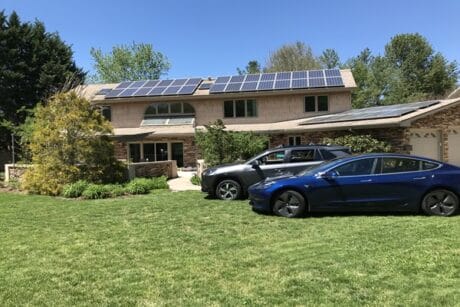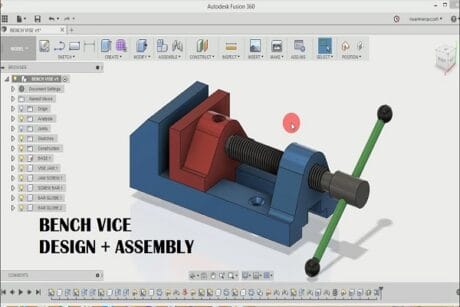No products in the cart.
4
- Course No E – 1169
- PDH Units 5.00
Course No E - 1169
PDH Units 5.00
4
- Course No E – 1169
- PDH Units 5.00
Course No E - 1169
PDH Units 5.00
Intended Audience: engineers concerned with the development of alternative energy technologies for electrical generation.
PDH UNITS: 5
Wind and solar energy are intermittent sources of energy: the wind does not blow continuously nor does the sun always shine. If wind and solar power are ever to provide a significant portion of national energy use, devices are required that store the energy as it is generated and distribute the energy as it is needed. This course describes a number of such devices. The three most promising technologies are singled out for detailed study: pumped storage hydropower (PSH), compressed-air energy storage (CAES), and high-energy batteries. Issues of performance, site availability, costs, environmental impacts, the need for additional transmission lines, market development, and regulation are discussed. This course is based on Chapter 12, “Energy Storage Technologies” of Volume 2 of “Renewable Electricity Futures Study. NREL/TP-6A20-52409-2. Golden, CO: National Renewable Energy Laboratory, 2012.
Learning Objectives
At the successful conclusion of this course, you’ll be able to identify and discuss:- Characteristics of batteries, PSH, CAES, flywheels, capacitors, superconducting magnetic energy storage, vehicle-to-grid, and hydrogen energy storage
- Power component and energy component of storage technologies
- Cost and performance of PSH, CAES, and high-energy batteries
- Site availability for PSH and CAES installations
- Environmental and social impacts (land and water use, greenhouse gas emissions)
- Market and regulatory barriers to storage deployment
Course Reviews
4
4
1 ratings - 5 stars0
- 4 stars1
- 3 stars0
- 2 stars0
- 1 stars0
Once completed, your order and certificate of completion will be available in your profile when you’re logged in to the site.









This course provided a detailed comparison of the three primary options for large-scale energy storage although the data used for the comparison is from a 2012 study and my guess is the projections for adoption of these storage technologies was overly optimistic.